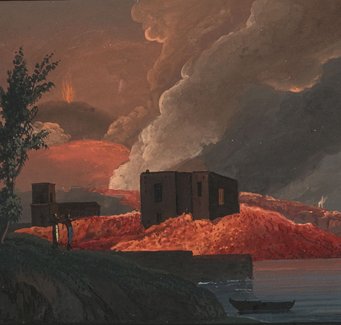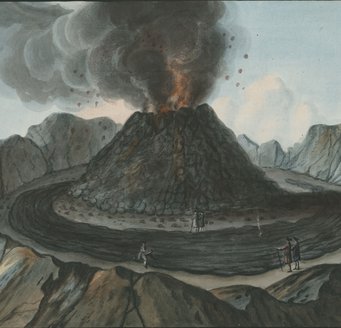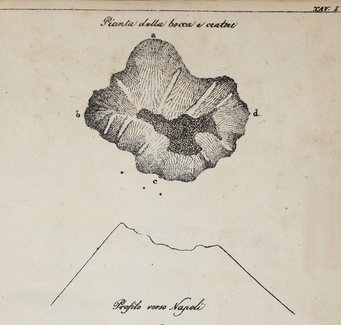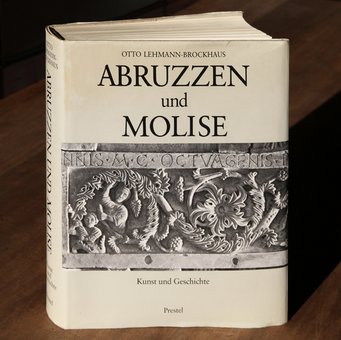Natural Disasters
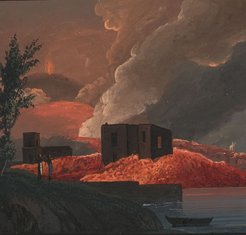
Descriptions of disasters (earthquakes, volcanic eruptions, floods) are both an independent literary genre while also forming part of chronicles, city descriptions, and natural history works. They are located in various places and can be searched for using the keywords “Eruption”, “Erdbeben” (earthquake), “Hochwasser” (high water or flood) and “Überschwemmung” (flood) in conjunction with the name of the city or region. Vesuvius and its eruptions in particular are the subject of numerous publications, some of them illustrated and often devoted to the geological and scientific aspects of this recurring spectacle. A selection of these publications can be consulted in the online exhibition “Paper eruptions”.
Zf 8400-4260 raro VI
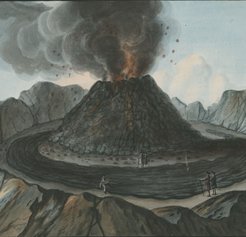
The Campi Phlegraei published by art collector and volcano explorer Sir William Hamilton (1730–1803) are among the best-known 18th-century records of Vesuvius and its surroundings. As a British diplomat at the court of the Kingdom of Naples, he reported his observations to the Royal Society in London. For the publication, he had the artist Pietro Fabris (1740–1792) produce gouaches of the volcanic landscapes and rocks. Hamilton’s work illustrates both his perception of the volcano as a natural spectacle and his turn to geology as a science. Several plates were targeted by thiefs and stolen from the Bibliotheca Hertziana’s copy in the mid-1990s, which highlights the value of the illustrations as collector’s items.
Be 3430-3760 raro IX
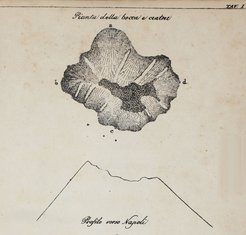
This publication on Vesuvius seems to have appeared only in German and the author of the introduction is probably identical to Christian Friedrich Haller, who is named as the translator. He refers mainly to the official letters of the “brave and intelligent Syndicus” of Torre del Greco, in which the mayor describes the behavior of the volcano between 22 October and 12 November 1822, the accompanying phenomena, the flooding caused by rainfall, and the consequences for the population. This is followed by the report of a clergyman from the Austrian army who was caught in the ash rain near Persano on October 23. Finally, Haller points out the similarity to the eruption of 79 as described by Pliny and adds an analysis of the ash. The book was illustrated with 3 plates, of which only one is preserved in the Bibliotheca Hertziana copy.
Be 4015-4231 raro IV
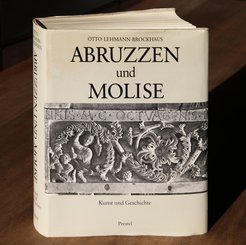
The earthquake in Abruzzo on April 6, 2009, which severely damaged or completely destroyed so many important monuments in the region, made the book Abruzzo and Molise. Art and History from 1983 by Otto Lehmann-Brockhaus (1909-1999), first librarian and later director of the Bibliotheca Hertziana, even more important. For this reason, the library produced a new electronic edition of this publication immediately after the earthquake. This link provides the text in WEB 2.0 with additional images, bibliography and information on the monuments, as well as access via google maps.
Be 3820-5830
Be 3820-5830/a raro V
Per B 200-5372/23 raro
